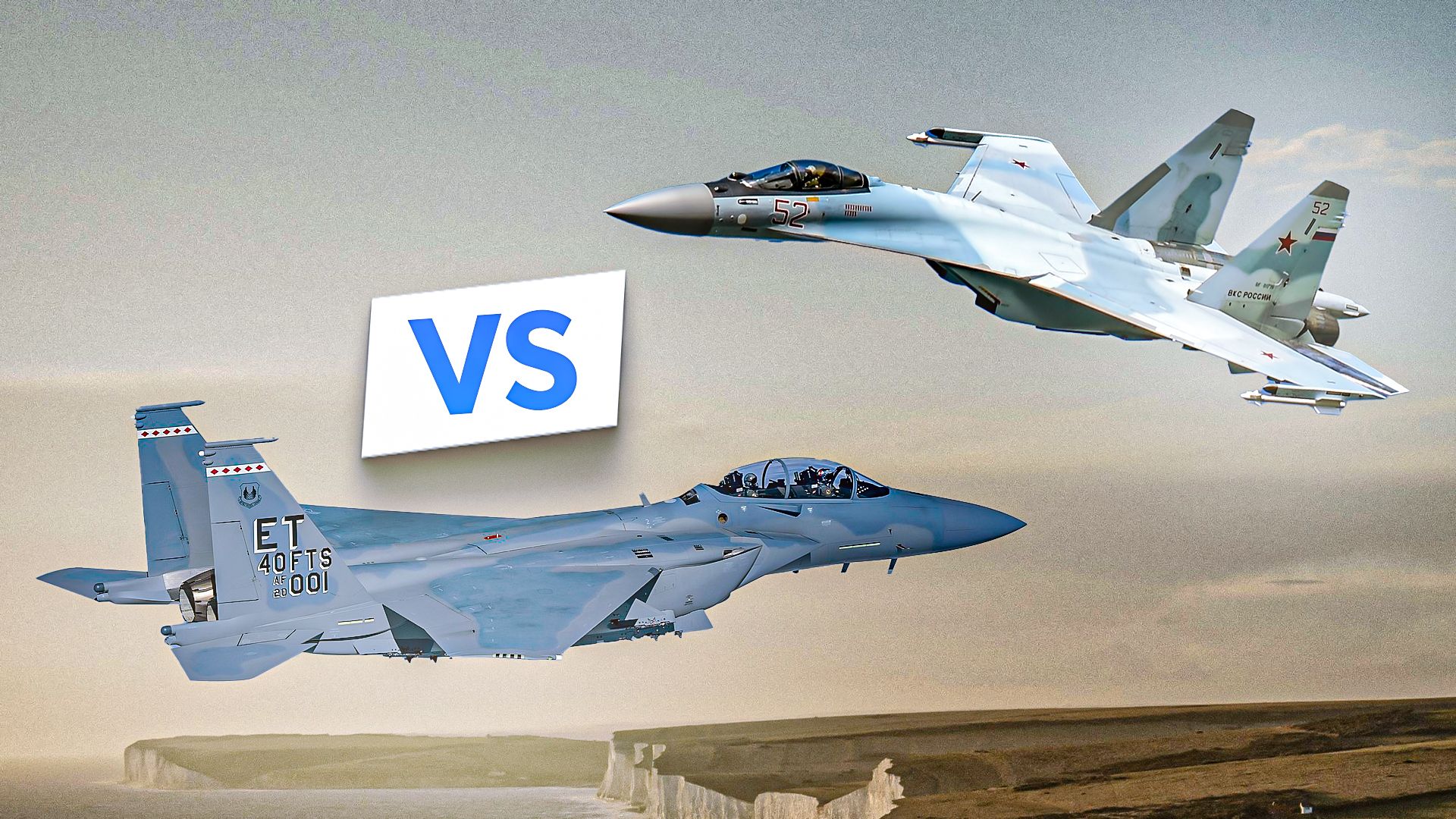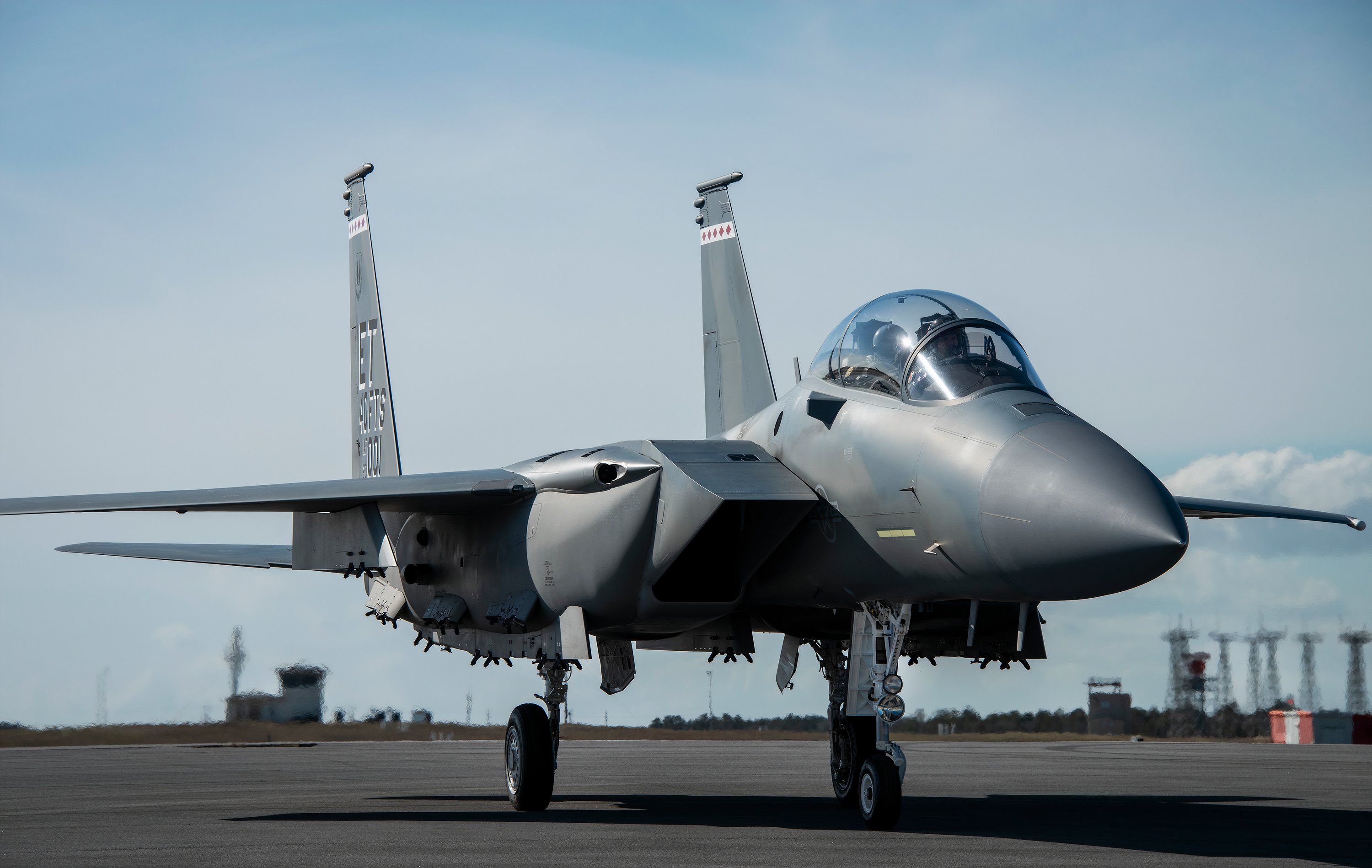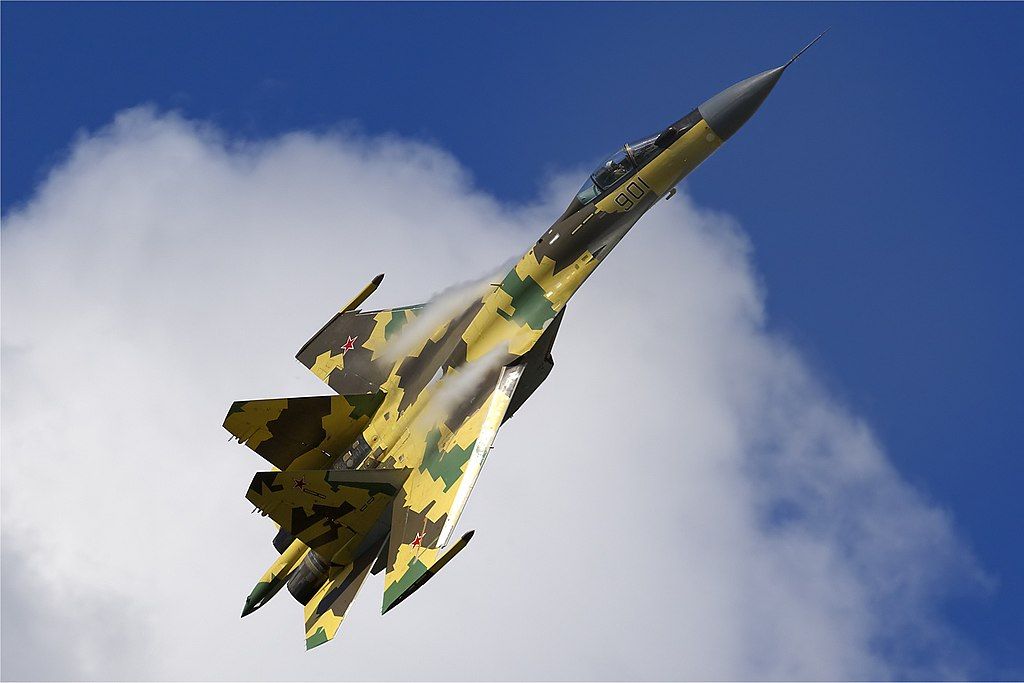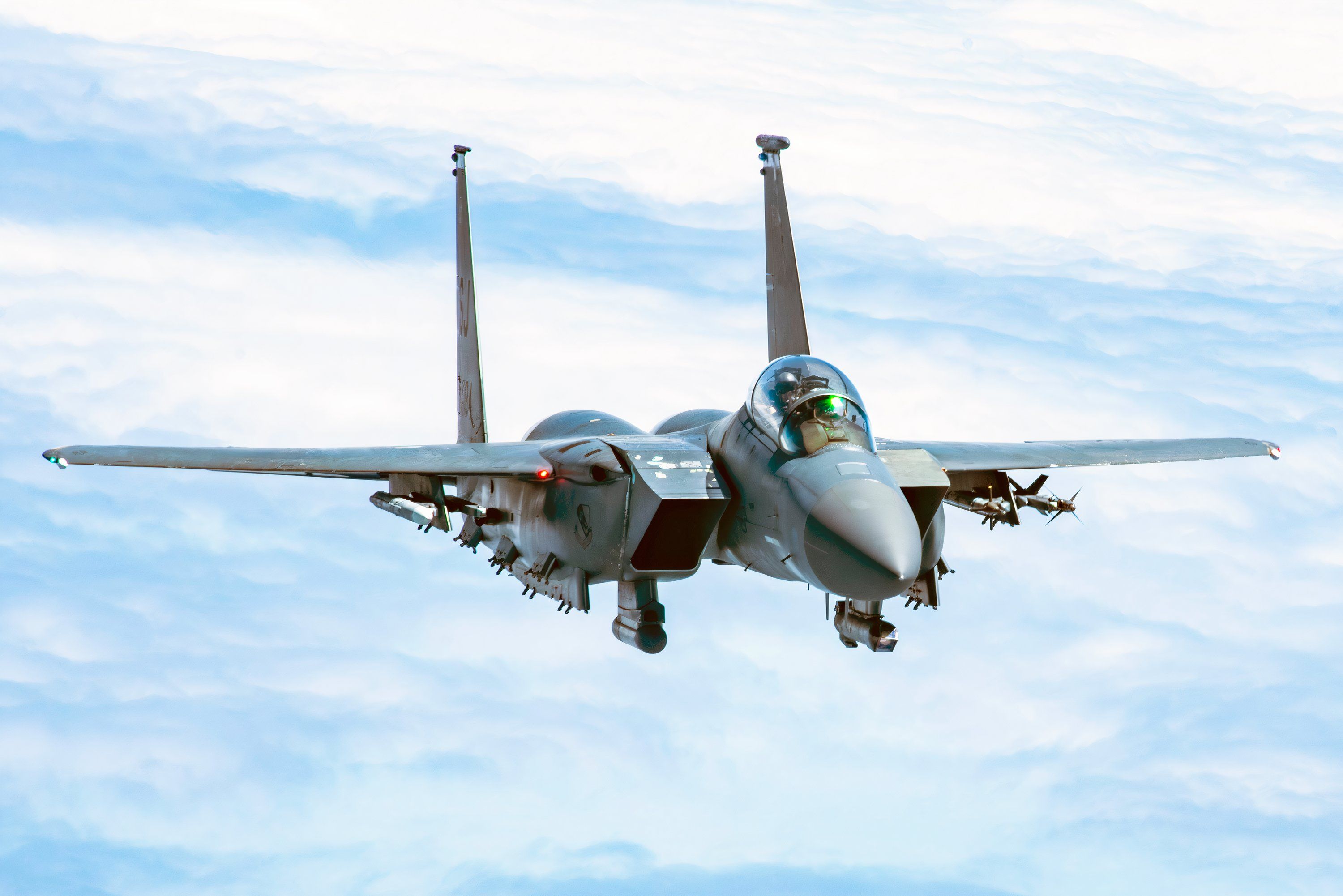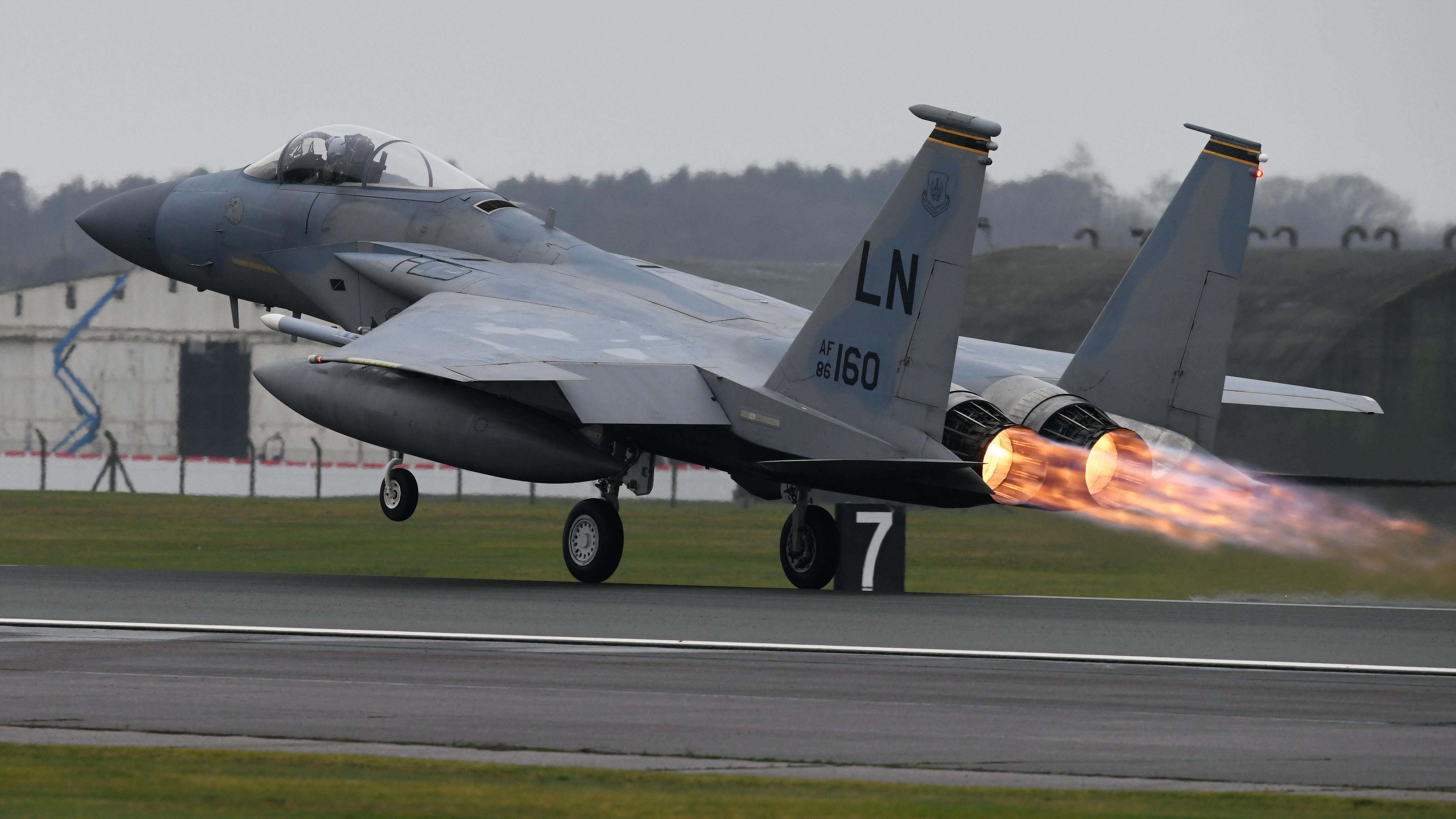Summary
- Both the Sukhoi Su-35 and the F-15 are top dogfighters with comparable capabilities.
- The F-15EX’s AESA radar and higher weapons load capacity make it more resilient and capable than the Su-35.
- Pilots’ proficiency and effective use of technology will determine the outcome of a dogfight engagement.
The Russian Sukhoi Su-35 and the American F-15 are two of the most powerful combat aircraft in military aviation. Both jets are capable of effectively engaging ground and airborne targets and have undergone extensive upgrades over the years. They boast modern avionics, radar technology, communication equipment, and munitions.
Both jets are considered top dogfighters in their respective countries. While Russian aviation considers the Sukhoi Su-35 as a 4th generation ++ fighter, the American F-15EX Eagle II is highly modernized to perform air superiority missions and deliver devastating ground strikes.
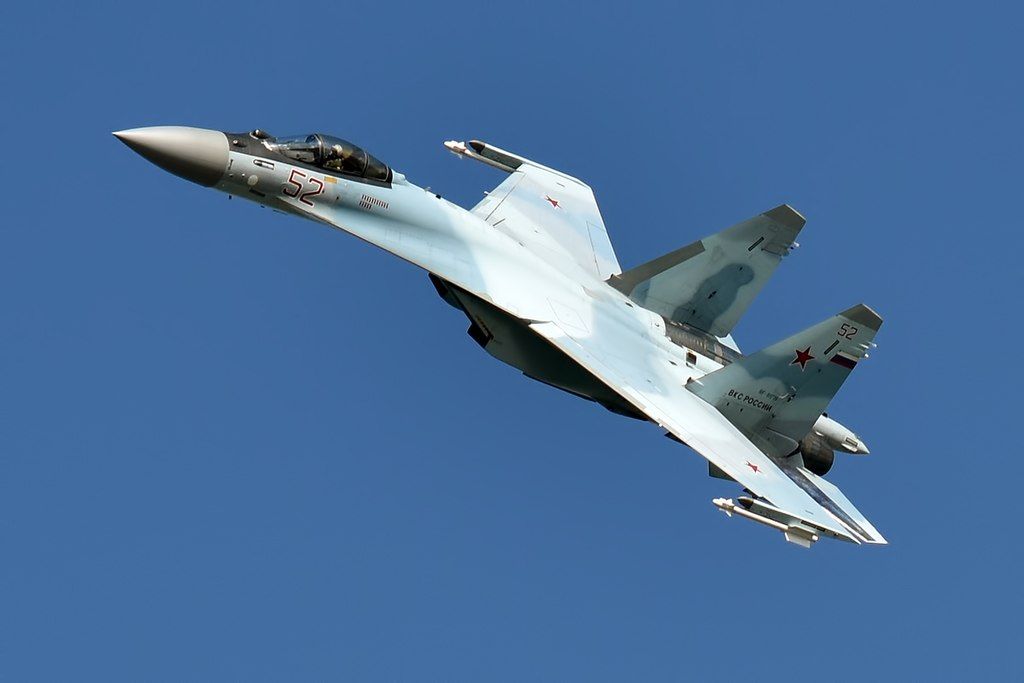
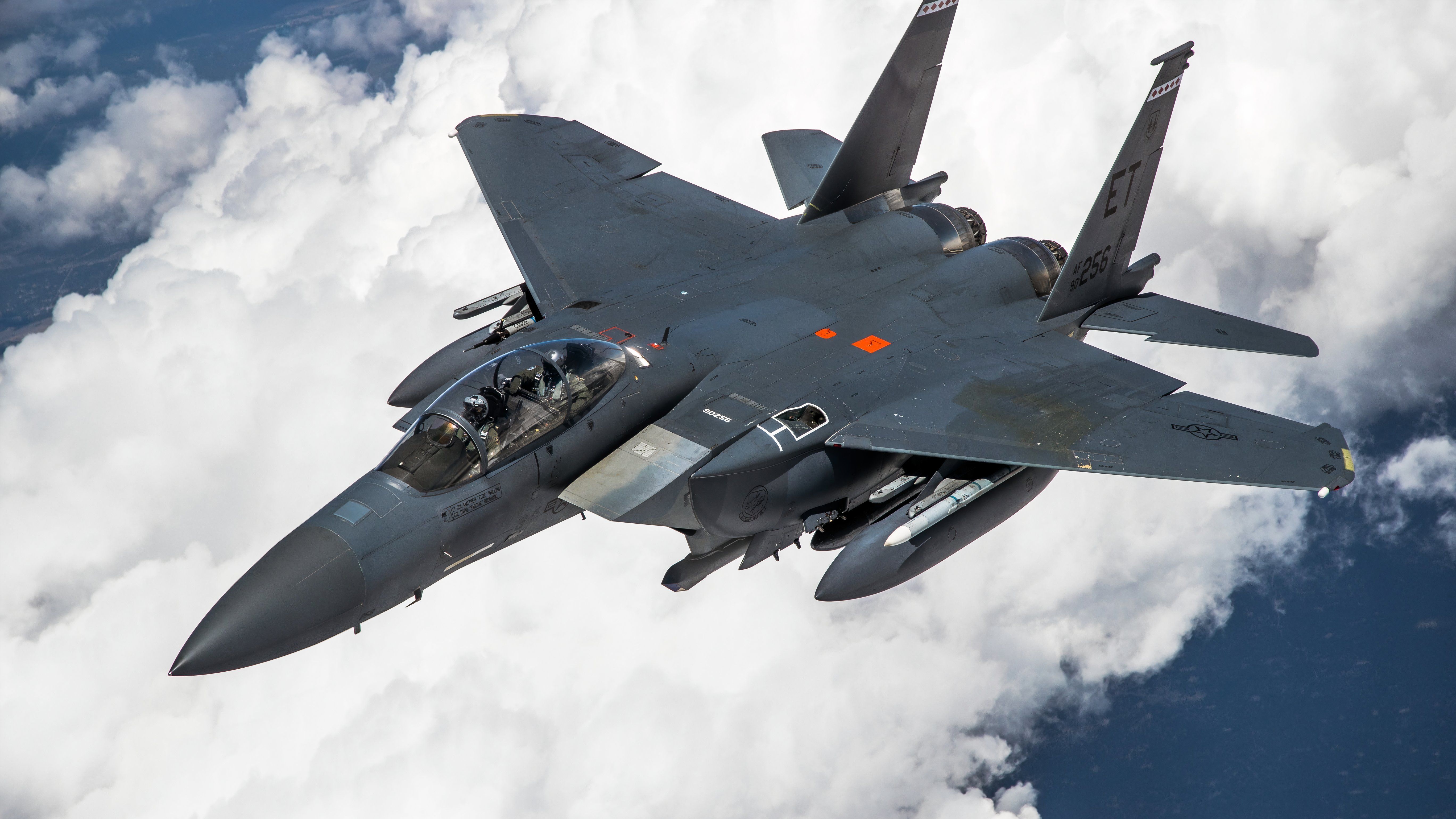
So, which of the two jets will win if it comes down to a dogfight engagement? Well, there is no straightforward answer to this question. However, since both jets have comparable capabilities, it will come down to the effective use of technology in such situations. Pilots’ choices based on their experience, the way they use their respective aircraft in their favor, and overall situational awareness will be deciding factors in which of the two combat jets will win the dogfight.
The Dogfight
| Sukhoi Su-35 | Boeing F-15EX Eagle II |
|---|---|
|
|
A dogfight is a close-range aerial battle between combat aircraft. The aircraft engaged in a dogfight performs basic fighter maneuvers to attack or evade its opponents. Dogfights are different from aerial warfare, which includes strategic planning to conduct specific missions.
Photo: USAF
With the two jets operating frequent missions in Syria, speculations arise about what would happen if the two aircraft engaged in a dogfight. The Su-35 is equipped with Irbis-E passive electronically scanned array radar, enabling a ground target range of up to 250 miles (400 km). The F-15EX is equipped with Active Electronically Scanned Array (AESA) radar, making the F-15 more resilient to jamming and superior to the Su-35.
| Sukhoi Su-35 Avionics | Boeing F-15EX Eagle II Avionics |
|---|---|
|
|
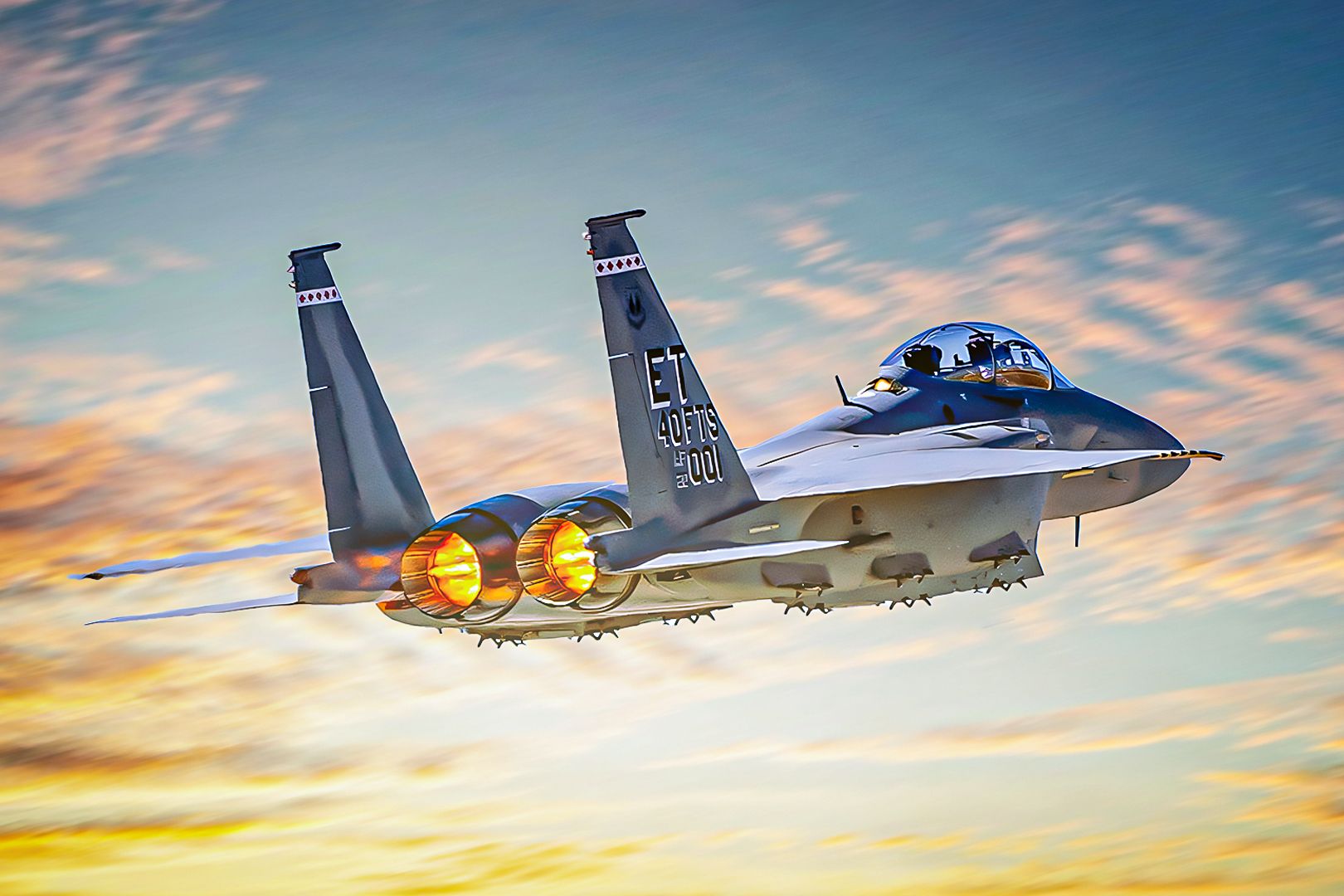
Related
Boeing F-15EX Eagle II: What You Need To Know About This Multirole Striker
The F-15EX will be deployed to protect homeland defense and used as support for the F-22 and F-35.
High-payload platforms
The Sukhoi Su-35 and the Boeing F-15 have high payload capacity, boasting modern combat equipment. From guns to missiles, bombs, and rockets, both aircraft are powerhouses of technologically advanced weapons.
The Su-35 features a long-range radar-guided K-77M missile with a range of 125 miles (200 km). The Sukhoi Su-35 can also launch the R-37M missile, which is specifically designed to operate at a range of up to 250 miles (400 km) and target less maneuverable, large aircraft.
Photo: USAF
The latest F-15 uses the AIM-120D radar-guided air-to-air missile with a range of 100 miles (160 km). The missiles used on both aircraft are of the same class. The Boeing F-15EX features a much higher weapons load capacity, carrying up to 12 highly capable air-to-air missiles. The possibility of the quadrail rack on the F-15s may allow it to load 16 missiles, calling it quadrail racks.
| Sukhoi Su-35 Armaments | Boeing F-15EX Eagle II Armaments |
|---|---|
|
|
Which jet is better?
The Boeing F-15EX Eagle II, with upgraded avionics, systems, and capabilities, is superior to the Su-35. Thanks to its active scan technology, the new APG-82 AESA radar makes the aircraft more capable than the Su-35. Regarding missiles and air-ground payload, the F-15 can carry nearly twice as much as the Su-35.
Photo: USAF
The Su-35’s lack of AESA radar makes it an inferior aircraft, particularly in terms of air-ground performance. The disparity in the radar’s bandwidth and jamming resistance can cause precision issues during a critical combat situation. With its vulnerability to modern deception jamming techniques, the Su-35 can track fewer targets than the F-15EX.
Nonetheless, irrespective of the technologies, it comes down to how proficiently those systems are utilized in a dogfight situation.
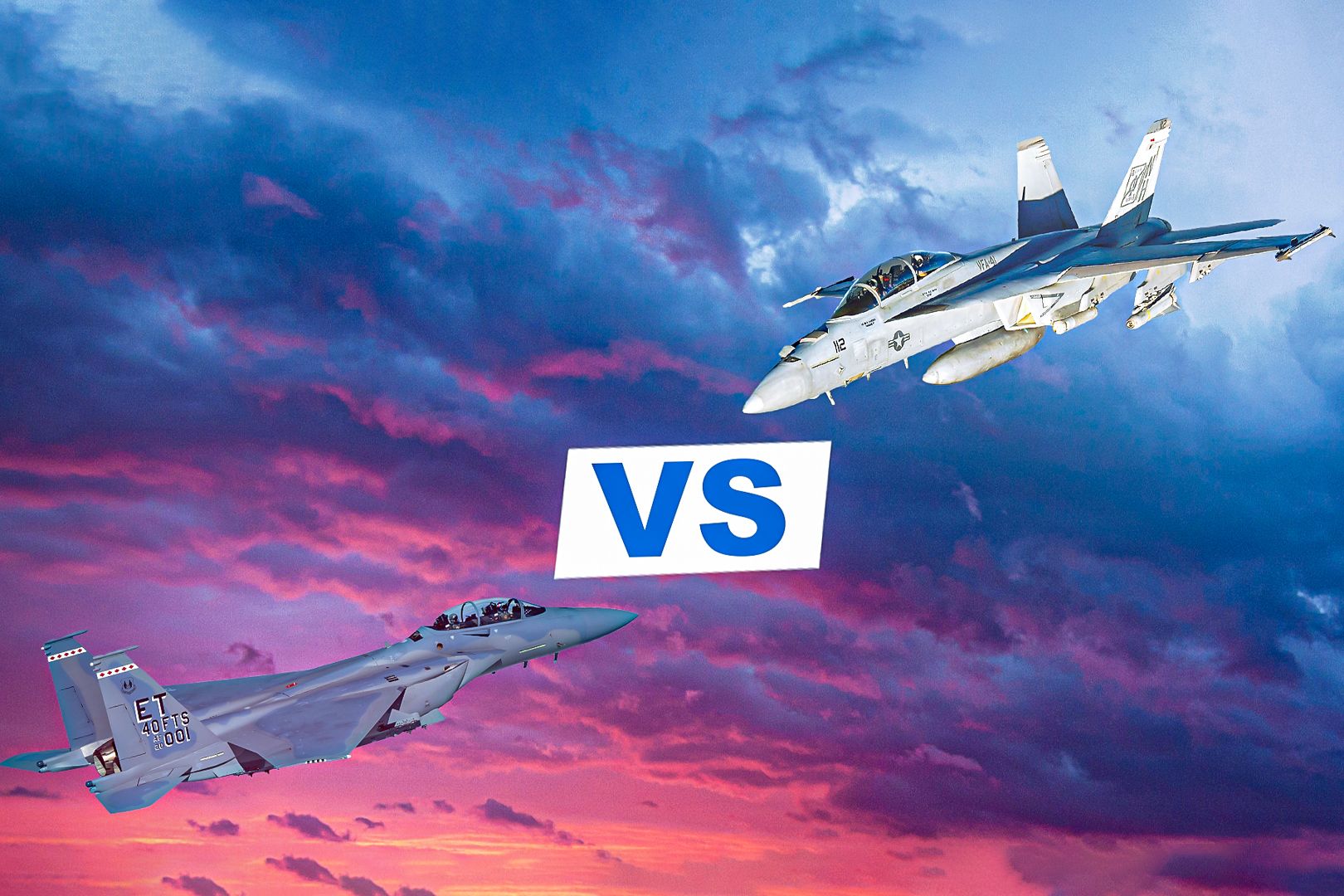
Related
The F-15EX Eagle II vs The F/A-18 Super Hornet: Which Fighter Reigns Supreme?
F-15EX vs F/A-18 doesn’t entail just another interservice (USAF vs USN) rivalry. It’s also an intra-manufacturer rivalry, i.e. Boeing vs Boeing.
What are your thoughts on the capabilities of the F-15EX and the Su-35? Share your views in the comments section.

